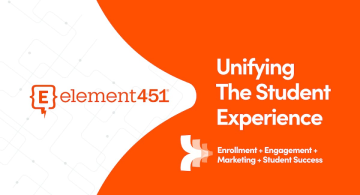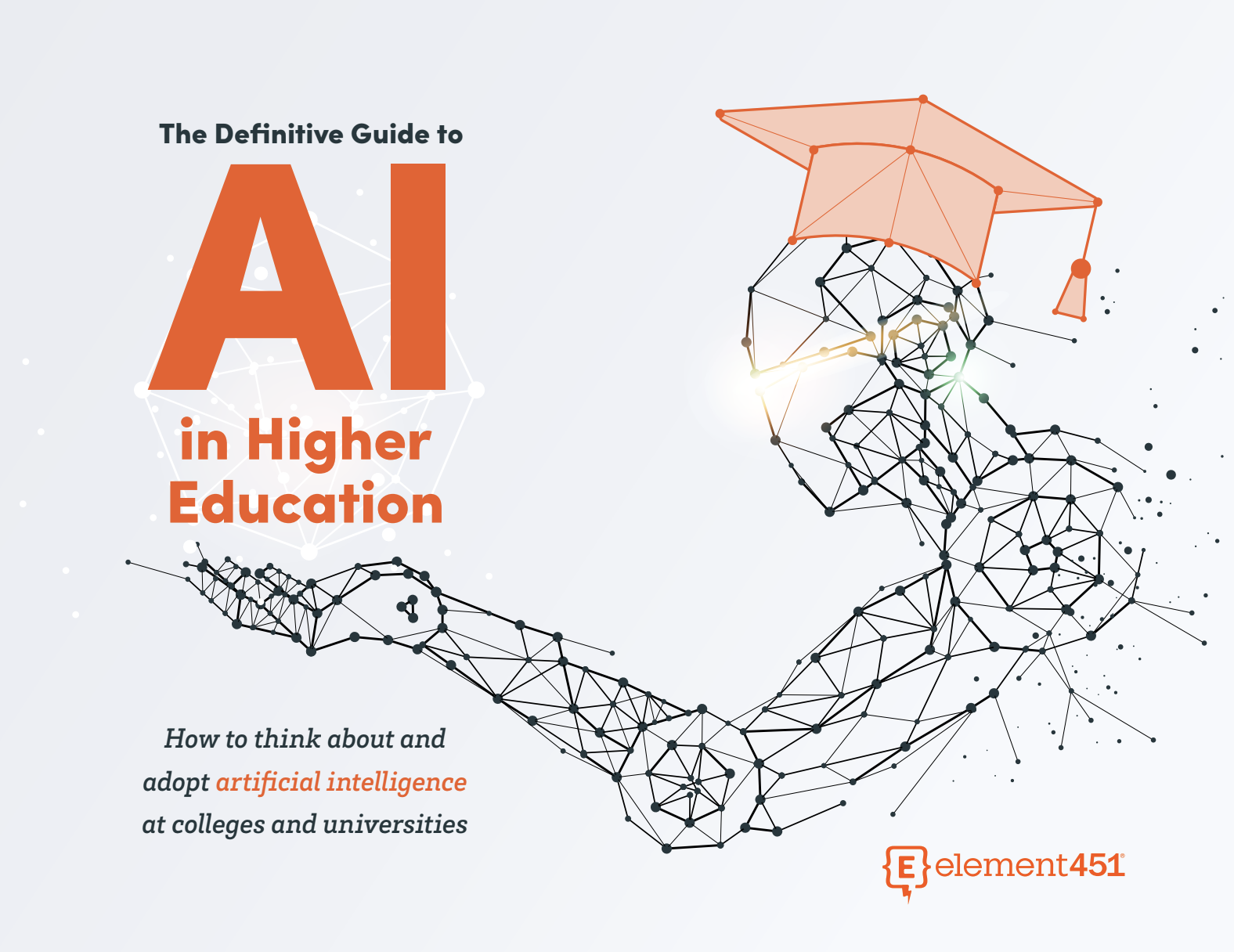The Rise of Vibe Coding: Why Describing Software Is the New Way to Build It
by Ardis Kadiu · Updated May 11, 2025

Just as AI tools have reshaped marketing, design, and even creative writing, a new shift is unfolding in the world of software development—one that’s less about syntax and more about vibes.
Yes, vibes.
The newest frontier in AI-driven development is vibe coding—a style of building software not with lines of code, but by describing what you want to AI.
Describe It, Don’t Code It
The idea is simple: imagine a website, app, or tool you want. Now tell an AI assistant exactly what you’re envisioning—no technical specs, no need to pick a programming language.
That’s what vibe coding enables. Simply describe an outcome—"build me a website that demos AI agents"—and let AI tools like Lovable, Cursor, or Replit handle the rest. With natural language and a few iterations, what used to take days or weeks can now take minutes.
At Element451, we’ve been exploring vibe coding by prototyping full-featured dashboards and landing pages. And because some of these tools understand a brand or product’s design systems, not only can you create functioning code, but your creation looks and feels like your style. All from conversational prompting.
From Experimentation to Real Results
Let me give you a real example. We recently wanted to visualize the power of compounding 1% improvements—a core part of our team’s growth mindset at Element451. I typed a short prompt into Lovable: “Build an interactive app that shows how small weekly improvements compound over time.” A few minutes later, we had a working dashboard—no code, no mockups, just a prompt and a vibe.
Another time, we wanted to ideate a demo experience for our Bolt aAgents. Instead of going to Figma or asking our devs to build out a test site, we gave Lovable some basic copy and asked it to build a landing page. In five minutes, we had a scrollable, branded, interactive prototype.
This kind of velocity used to be unthinkable. Now it’s becoming the norm.
The Tools Powering the Vibe
Behind the scenes, tools like Cursor, Claude Artifacts, ChatGPT’s Code Interpreter, and Replit are doing the heavy lifting. Cursor, in particular, has become a favorite in our dev shop. It lets you work with large codebases locally, supports multi-file projects, and keeps up with the pace of modern software demands.
Lovable, on the other hand, gives non-technical users an incredibly accessible way to bring ideas to life. It includes built-in publishing, form building, API hooks, and database integration—all without ever opening a text editor. It’s not just code generation; it’s product generation.
These tools are only possible because of the rapid improvement of AI models, including Claude, OpenAI’s Codex, Gemini, and LLaMA 3. They’re learning how to write clean, coherent, scalable code—faster than we ever thought possible.
What Vibe Coding Means for Higher Ed
Vibe coding isn’t just for startups or software companies—it’s for registrars, admissions teams, faculty, and anyone in higher ed who’s ever thought, “I wish we had a tool that could…”
Think about a registrar’s office that wants to create a chatbot. Normally, this would require weeks of scoping, dev time, QA testing, and deployment. With vibe coding, they could build a working prototype before lunch. Or consider an academic department that needs a simple orientation app.hy wait in a web team’s backlog when you can draft it over the weekend?
This is where AI for student engagement becomes a reality—not just through dashboards and analytics, but through micro-tools that meet students where they are. And fast.
Vibe coding unlocks a new level of autonomy for non-technical campus professionals. It empowers educators and administrators to move from idea to execution without waiting for budget cycles or dev teams.
Risks Are Real, But the Opportunity Is Bigger
Of course, not everything about vibe coding is rainbows and automation. There are risks: security vulnerabilities, data privacy issues (especially with FERPA compliance), and the creation of unmaintainable or “Frankenstein” code. Left unchecked, this could become a nightmare of technical debt.
That’s why we’re not using vibe coding in production at Element—yet. We’re experimenting, prototyping, and learning. And as tools evolve, we’ll see more platforms that audit for vulnerabilities, check for best practices, and help bridge the gap between fast prototyping and secure deployment.
For now, the best use cases are internal tools, proof of concepts, or academic demos. If you’re a campus technologist, a marketer, or a curious educator, this is your chance to experiment safely—and start thinking about what’s possible.
A Future Where Everything Is Vibeable
Vibe coding is just the beginning. We’re already talking about vibe marketing—using LLMs to generate ad campaigns, landing pages, and A/B tests on the fly. Or vibe management—automating workflows by describing outcomes. The real shift is in mindset: we’re moving from precise commands to high-level collaboration with AI.
It’s a creative partnership. You bring the vision, AI builds the skeleton, and together you refine it.
And it’s only getting better. The models are expanding their context windows, meaning they can understand larger and more complex instructions. Platforms are giving users more control—drag-and-drop editing, version control, and even integrated AI tools that audit security.
If you can describe it, you can build it.
So what should you do now?
Start small. Pick a tool like Lovable or Cursor. Prototype something low-stakes—a calculator, a chatbot, a landing page. Don’t connect it to real student data. Treat it like a sandbox. Then, iterate. Play. Learn.
Vibe coding is here. And just like AI-powered content and personalization changed how we market, this is going to change how we build.
It’s not about code. It’s about creativity.
And that’s the vibe.

About Element451
Boost enrollment, improve engagement, and support students with an AI workforce built for higher ed. Element451 makes personalization scalable and success repeatable.
Categories
New Blog Posts

The Definitive Guide
AI in Higher Education
Bridge the gap between the latest tech advancements and your institution's success.
Useful Links
Related Articles

Talk With Us
Element451 is the only AI Workforce Platform for higher education. Our friendly experts are here to help you explore how Element451 can improve outcomes for your school.
Get a Demo








